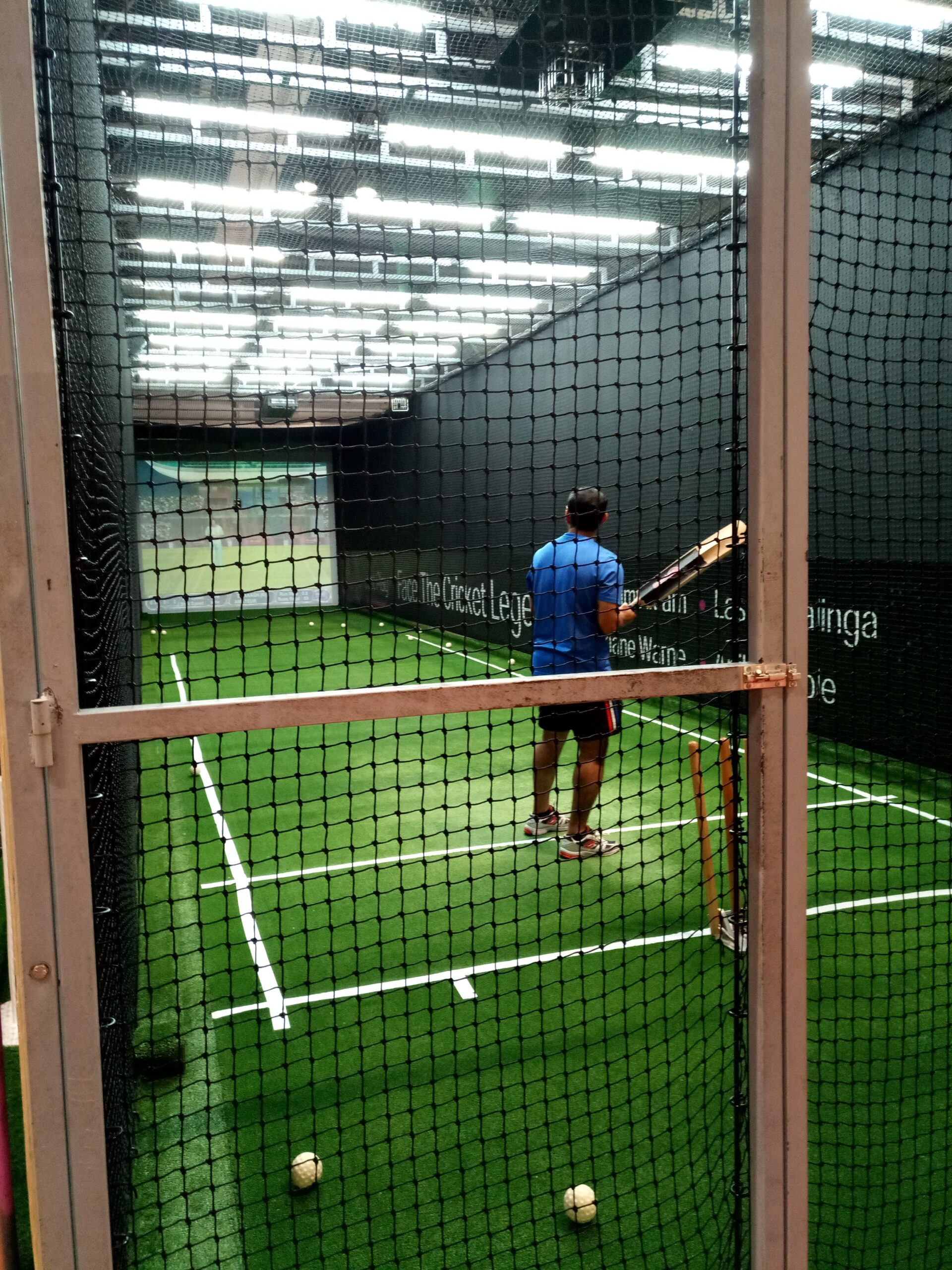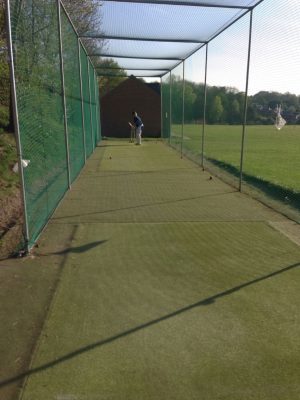SPORTS NETS
Sports Nets: Enhancing Performance and Safety in Athletics
Introduction
Sports nets are an essential component in many athletic activities, playing a crucial role in ensuring the smooth conduct of games and practices. These nets serve various purposes, from defining boundaries and goals to enhancing safety and improving performance. Whether you’re a professional athlete, a coach, or a sports enthusiast, understanding the different types of sports nets and their benefits can significantly impact your experience and performance.



Types of Sports Nets
Nets for Different Sports
Soccer Nets
Soccer nets are fundamental in every match, capturing the excitement of each goal. They are typically made from durable materials like nylon or polyester, ensuring they can withstand the impact of powerful shots.
Basketball Nets
Basketball nets, often made of nylon or metal chain, hang from the hoop and provide the satisfying swish sound when a basket is scored. They are designed to be durable and resistant to weather conditions.
Tennis Nets
Tennis nets are crucial in defining the playing area and ensuring fair play. They are usually made from heavy-duty synthetic fibers to withstand constant use and outdoor elements.
Volleyball Nets
Volleyball nets are essential in separating the two teams and maintaining the integrity of the game. These nets are made from strong, weather-resistant materials to endure intense matches and outdoor conditions.
Badminton Nets
Badminton nets are lighter and shorter compared to volleyball nets, designed specifically for the unique dynamics of the game. They are typically made from high-quality synthetic fibers to ensure longevity.
Hockey Nets
Hockey nets are built to handle the fast-paced, high-impact nature of the sport. Made from robust materials like nylon, these nets are essential for capturing the puck and ensuring game safety.
Practice Nets
Batting Cages
Batting cages are used extensively in baseball and softball training, providing a controlled environment for players to practice their hitting skills. The nets used in batting cages are heavy-duty and designed to contain high-speed balls.
Golf Practice Nets
Golf practice nets are perfect for golfers looking to improve their swing without needing to visit a driving range. These nets are made from strong, flexible materials that can absorb the impact of golf balls.
Materials Used in Sports Nets
Synthetic Fibers
Nylon
Nylon is a popular choice for sports nets due to its high tensile strength, flexibility, and resistance to weather conditions. It is commonly used in soccer, hockey, and golf practice nets.
Polyester
Polyester is another widely used material, known for its durability and resistance to UV rays. It is often used in tennis and volleyball nets where prolonged exposure to sunlight is common.
Natural Fibers
Cotton
Cotton nets are less common but are sometimes used in recreational settings. They are not as durable as synthetic options but offer a softer texture.
Hemp
Hemp is a strong natural fiber that can be used for sports nets, particularly in eco-friendly applications. However, it is less common due to its cost and availability compared to synthetic fibers.
Advantages of Using Sports Nets
Safety
One of the primary benefits of sports nets is enhancing safety. They prevent balls and other sports equipment from hitting spectators, reducing the risk of injuries.
Improved Performance
Sports nets help in improving performance by providing clear boundaries and targets. This clarity helps athletes focus better and perform at their best.
Cost-Effectiveness
Investing in high-quality sports nets can be cost-effective in the long run. Durable nets require less frequent replacement, saving money over time.
Durability
Modern sports nets are designed to be highly durable, withstanding harsh weather conditions and intense gameplay. This durability ensures they remain functional for extended periods.
Installation and Maintenance of Sports Nets
Installation Tips
Proper installation of sports nets is crucial for their effectiveness and longevity. Ensure the nets are securely fastened and properly tensioned to avoid sagging or detachment during play.
Maintenance Tips
Regular maintenance is essential to keep sports nets in top condition. Check for any wear and tear, clean the nets periodically, and store them properly when not in use to extend their lifespan.
Innovations in Sports Nets
Technology Integration
Smart Nets
Advancements in technology have led to the development of smart nets, which can track data such as the speed and trajectory of balls. These nets provide valuable feedback to athletes and coaches for performance improvement.
Enhanced Durability
Innovations in materials have resulted in sports nets with enhanced durability, capable of withstanding more intense usage and extreme weather conditions.
Eco-Friendly Materials
There is a growing trend towards using eco-friendly materials in sports nets. Recycled and biodegradable materials are being explored to reduce the environmental impact of sports equipment.
Conclusion
Sports nets are an indispensable part of many sports, contributing significantly to the safety, performance, and overall experience of the games. From soccer to tennis, the right net can make all the difference. As technology and materials continue to advance, we can expect even more innovations that will enhance the functionality and sustainability of sports nets.
